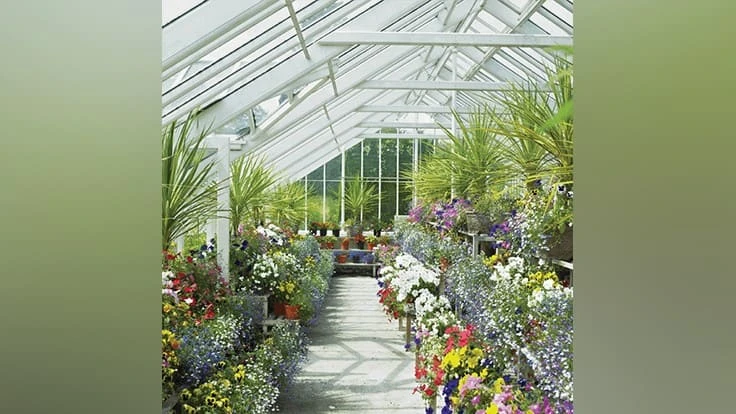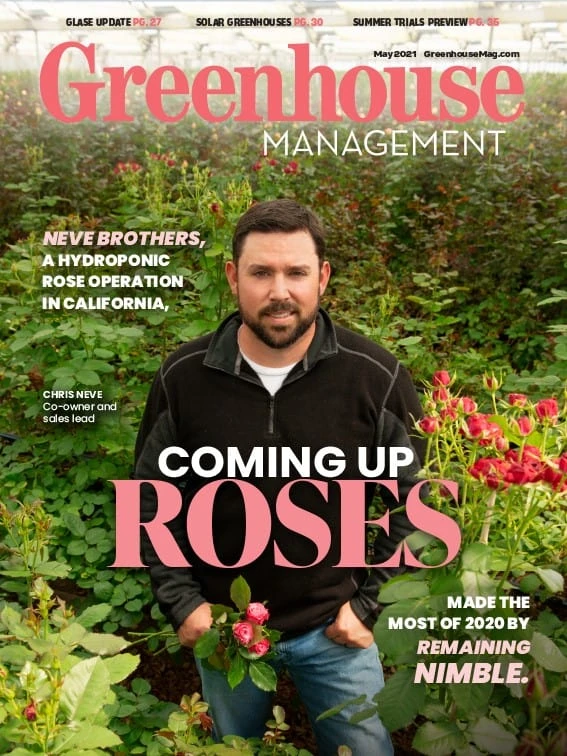

The past year has taken many businesses in the green industry to extreme highs and lows. While the pandemic stimulated a huge influx of new customers into the hobby of gardening, COVID strains on supply and freight have hurt many businesses’ ability to meet increased demand. Combine increased demand, labor pressure, and the need to quickly invest in and implement updated technology for online sales, and you have a robust recipe for chaos.
Many retailers have been left wondering how they will satisfy end-consumer needs and still capitalize on the garden surge; and if and how their growers are pivoting to provide alternatives? It is going to be more important than ever that growers and retailers work together closely to provide good plant alternatives and manage customer expectations with proactive marketing.
Setting the stage
We were already facing key plant shortages going into the 2021 spring season. Big trees and large shrub supply have still been lean since the 2008 recession. But the severe storms and record deep freeze events across the South pushed supply concerns and realities into the critical zone.
Never have I ever seen such a brown spring here in Dallas, where I make my home. Many large established foundation shrubs and small trees were either killed or killed back to the snowline or root zone. Damage to larger trees such as live oaks is yet to be fully realized.
While many are heading into the busiest part of the retailer’s spring season in May, the southern half of the country is typically winding down its spring surge. Here, spring usually starts around mid-February. That spring start was delayed a bit by the deep freezes we experienced, but it will not stop intense heat from coming on by May. By Mid-May we begin to emerge from the tail-end of spring and are onto the typically more moderate summer sales season. If you have any industry friends in southern states, who are wrapping up their spring this month, it might not be a bad idea to check in with them for a pulse on plant demand and successful substitutions.
A mixed bag so far
I checked in with one of my clients, Doug Arnold, who owns both Trees USA and Plants of Texas. The grower and re-wholesaler and retail garden center operate out of Lindale and Tyler, Texas, respectively.
In Arnold’s 41 years in the nursery business, he says he has never seen business this good or this bad at the same time. As has already been the case for the last decade, Arnold affirms that large tree and shrub inventory were already stretched in terms of consumer demand. “Fast forward to the spring of 2020 (the COVID year) and everything else kicked in with unprecedented demand in color, tropical foliage, all edibles and trees,” he says.
Consider partnering with nearby businesses to bundle your flowers and plants with other local products.
After being hit with heavy freeze damage in February, customers began pouring into Plants of Texas’ retail outlets to replace all their dead plant material, with shrubs making up a big percentage of replacements.
Arnold notes that many color growers in Texas, not to mention shrub growers, were also hit hard with structural damage from the extreme winter weather. In addition to plant losses, the structural damage left them unable to provide any stock during the first quarter. Many of these growers have now already exhausted their second quarter inventory, further complicating supply issues for plants across many categories.
“With the onset of COVID we saw a dramatic shift in customer demands at the retail level,” Arnold says. “The lockdowns had people shopping in numbers we had not experienced before. The landscape supply portion of our business also continued to hit record high numbers throughout the summer into the fall in 2020.”
While business is great right now, Arnold admits limited plant supply is going to start restricting their ability to maintain current levels of business. He says huge increases in freight costs and a limited supply of trucks is an additional problem. All said, they are doing their best to keep up with demand as well as try to catch up on production. Arnold cautions that “this definitely has been one of those years where you needed to have strong relationships with your suppliers.”A potential solution
So, what do you do when you simply cannot get the plants you need to meet customer demand? Try shifting the marketing to what you do have and better manage your messaging. If you know you are short on commodities, be ready to educate your retailers on what you will have and how to offer substitutes to customers.
Here in Texas, I am advising homeowners to be patient when it comes to replacing shrubs and trees. They may need to get on a waitlist or place an order for future fulfillment. Take the opportunity with some new “holes” in your landscape to make better plant choices and focus on pollinator and habitat health as well as water conservation.
If you have native or better-adapted plants to offer in place of limited-supply commodity cultivars, now’s the perfect time to push them. And of course, if you sell edibles and can maintain good inventory, there is no better time to push stock for vegetable and herb gardening in place of limited seasonal color. A 2021 foodscaping push perhaps?
Most importantly, I will echo Arnold’s advice and say that in times like these, it all comes down to relationships. If you have good ones, you will probably stay better stocked. If not, well, there is no better time than now to turn over a new leaf.

Explore the May 2021 Issue
Check out more from this issue and find your next story to read.
Latest from Greenhouse Management
- Anthura acquires Bromelia assets from Corn. Bak in Netherlands
- Top 10 stories for National Poinsettia Day
- Langendoen Mechanical hosts open house to showcase new greenhouse build
- Conor Foy joins EHR's national sales team
- Pantone announces its 2026 Color of the Year
- Syngenta granted federal registration for Trefinti nematicide/fungicide in ornamental market
- A legacy of influence
- HILA 2025 video highlights: John Gaydos of Proven Winners





